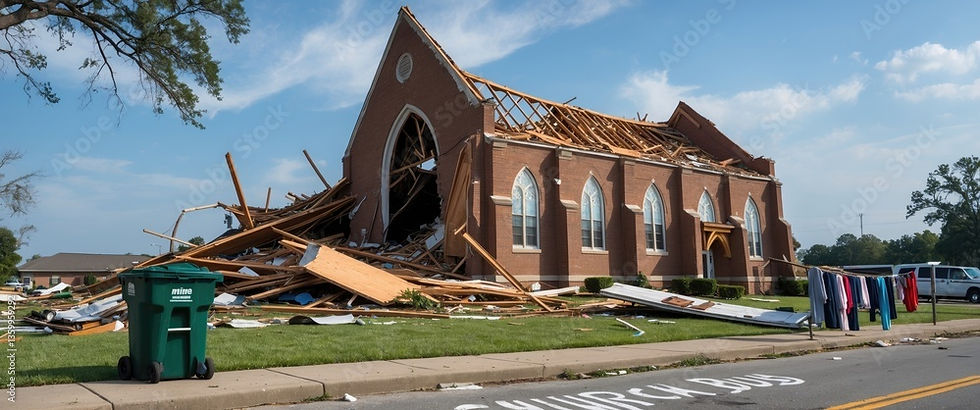Useful Lessons I Learned from Public Insurance Adjusters in Texas
- Inge Johnstone

- Mar 13
- 3 min read

Last week I attended the spring meeting of the Texas Association of Public Insurance Adjusters. If you don’t know, public adjusters are adjusters that work for policyholders as opposed to adjusters that work for insurance companies. In most states, including Texas and Washington state, public adjusters can negotiate with an insurance company on behalf of a policyholder and enter into a contingency fee contract. Public adjusters also have experience determining when damage is covered by an insurance policy and the amount of that damage. Often, they are subject matter experts on estimating losses covered by insurance policies. In addition, many, if not most of them are just as dedicated to helping policyholders and standing up for their rights as I am.
Texas has an especially good state association of public adjusters and I was honored to be able to attend and to meet many of them. At the meeting, public adjusters and policyholder lawyers, as well as experts, presented on various topics relating to helping policyholders prove that their claims are covered in the amount of these claims. Through these presentations, I gleaned some valuable tips for documenting losses and proving them.
Gather Evidence Relating to Your Loss
First, it is very important to gather as much evidence relating to the loss itself as possible. Not
only can you take your own pictures and videos, but you can get creative and look for news
coverage, social media posts, surveillance camera footage, witnesses, police and fire reports
and similar information that might provide facts about your particular loss. This evidence can be very useful in proving the facts of the loss and in disproving insurance company theories that contradict the facts.
Hiring the Right Experts
You also need to make sure that you have the right experts on your team to help you prove the
loss, quantify the loss, and ultimately rebuild or replace your damaged property. Potential
experts include public adjusters, structural engineers, forensic engineers, environmental
engineers, forensic architects, industrial hygienists, remediation contractors, roofing
contractors, construction contractors, safety experts and testing labs.
Conduct the Right Testing
You also will want to make sure that these experts are conducting testing using established and proven methodologies that they are applying consistently and regularly. For instance, if you are examining air quality for the presence of chemicals or mold, you likely would have someone conducting tape pull-off and air cassette testing. You should also verify that your experts are following applicable industry standards. Some of these standards include standards propounded by ANSI, IICRC , ASTM, and NEMA.
Documenting the Testing
You also will want to make sure that your experts document their analysis in a manner that is
consistent with industry standards, thorough, consistent, reliable, and persuasive. For instance, using moisture mapping and three-dimensional building layouts can graphically and
convincingly show how a building has been affected by exposure to water, soot, mold, or toxic
chemicals. Not only can this help show the full amount of the loss to the insurance company,
but if you have to go to a jury, you can visually show the full amount of the loss.
Expert Opinions
Finally, if you have to have your experts testify in court, make sure that they are aware of the
correct insurance policy language so that they are applying the correct standards. In addition,
make sure they make specific factual conclusions that are backed up by appropriate
methodology and facts. They should avoid generalizations and provide as many factual bases as possible.
I really enjoyed attending the TAPIA meeting because it was a chance to really learn about and
focus on some of the technical aspects that underline a claim. As an insurance policyholder
lawyer knowledge of these technical aspects of a claim helps me ask the right questions, hire
the best experts, and accurately assess my cases. And to all my new friends at TAPIA, thanks
y’all!
Of course, if you have a serious insurance claim and the insurance company is trying to
minimize it, contact us and let us pull together a team to evaluate your claim.



